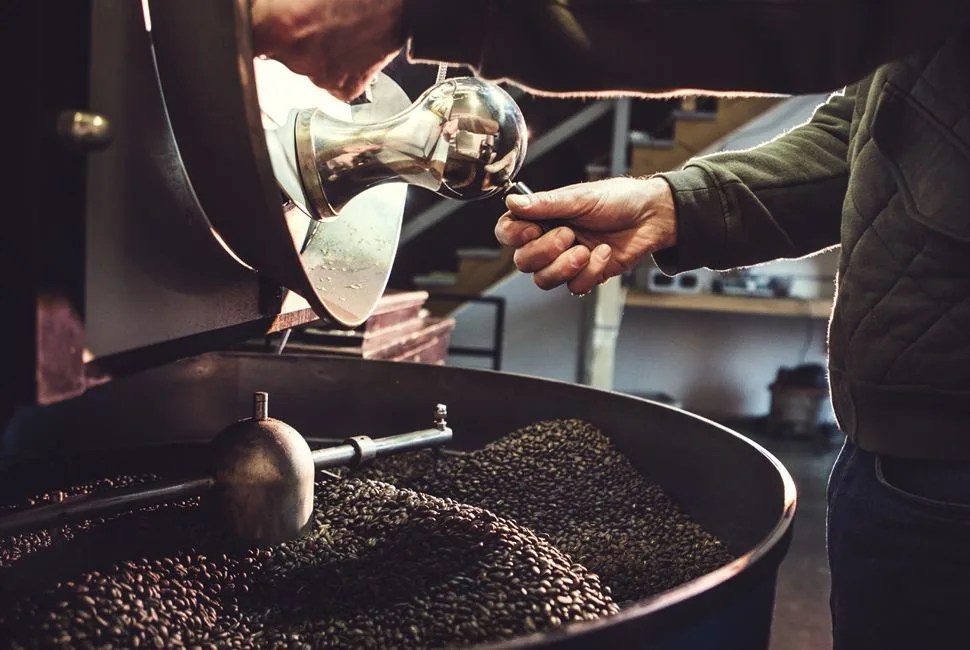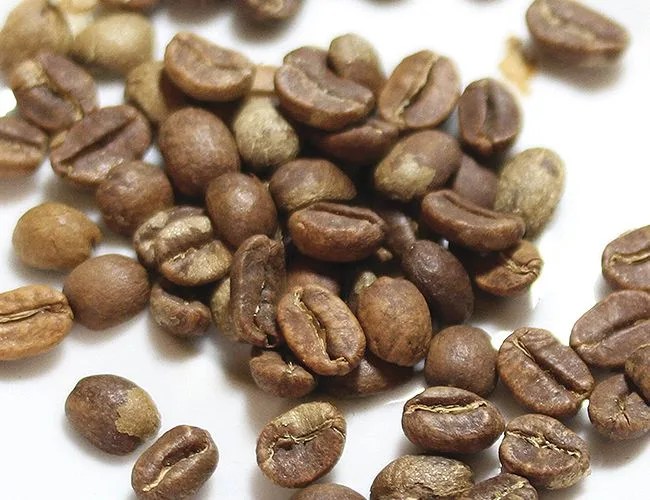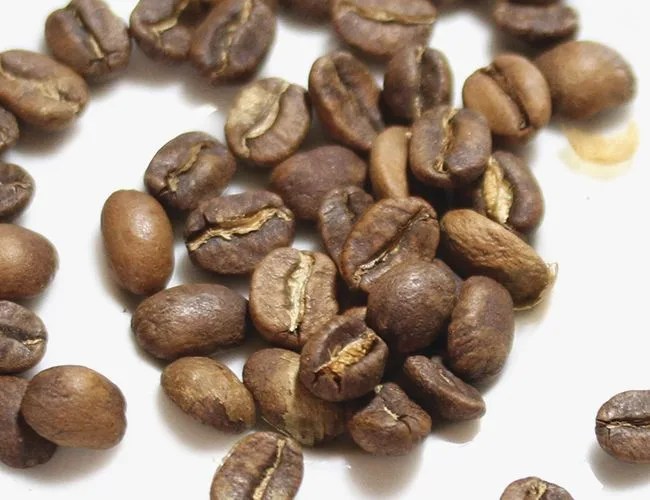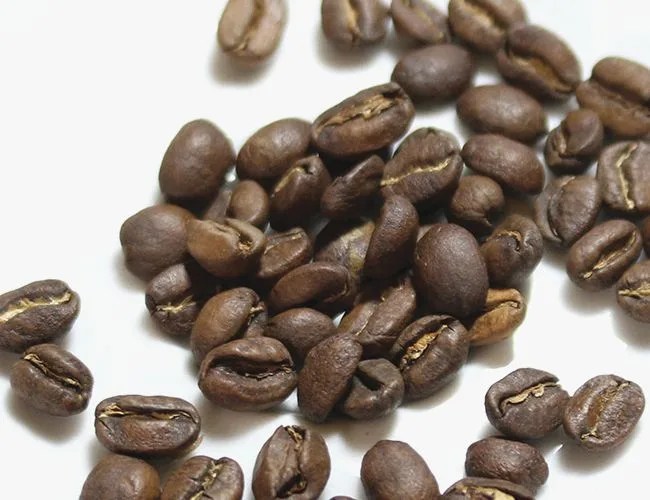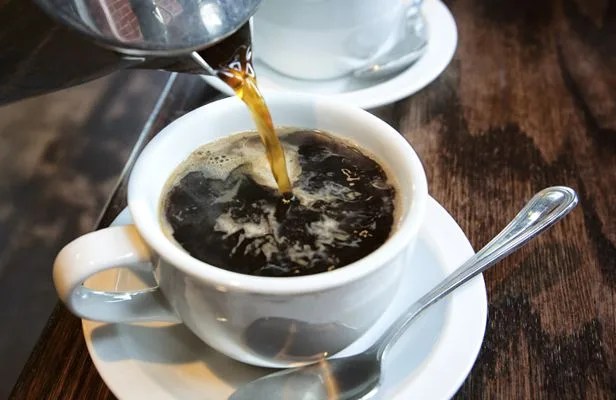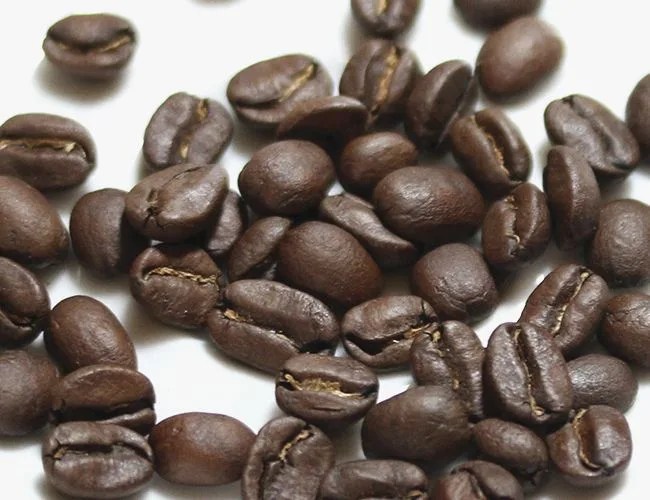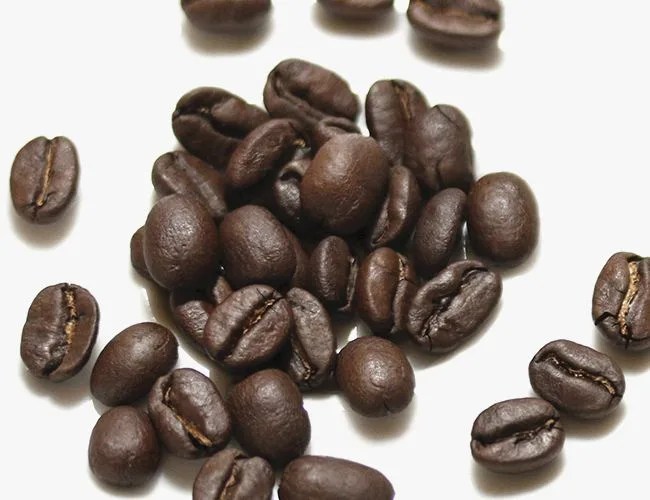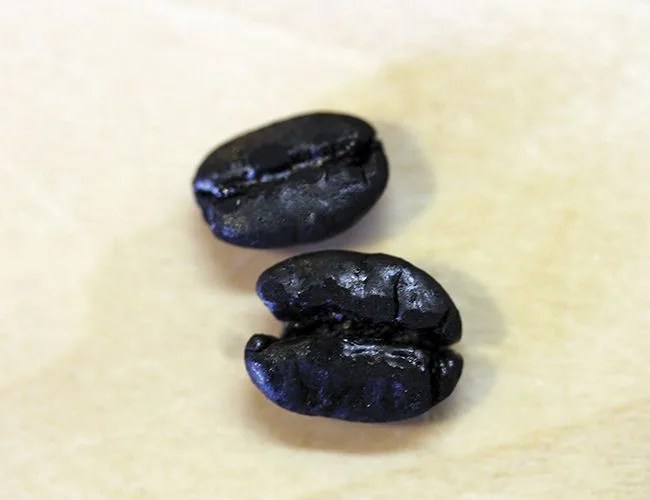From the coffee drinker’s side of the counter, brewing receives the majority of the credit, or blame, for how coffee tastes. Drip, pour over, siphon, French press, etc. — making a cup at work, the average drinker can only choose the method by which water interacts with coffee grounds, and maybe how the whole beans are ground; these are the factors on which things like acidity, sweetness and body are blamed. But roasting, the process that transforms beans from green and soft off the branch to brown and brittle in the bag, is the true genesis of these flavors, upon which brewing can only tinker. To understand how roasting impacts the taste in your cup, we spoke to Scott Rao, the author of multiple books on coffee, including The Professional Barista’s Handbook, Espresso Extraction: Measurement and Mastery and Everything but Espresso.
Below, in an excerpt from his book The Coffee Roaster’s Companion, Rao makes sense of the range of whole beans you can buy to help control your morning cup before the beans are even ground. But he warns that “while all professionals label roast levels based on bean color, there is no consensus on exactly what roast level each name indicates,” so there will always be a bit of variance from roaster to roaster, and the following are by no means the legal definitions. – J. Travis Smith
From The Coffee Roaster’s Companion
Notes on Roast from Scott Rao
Color Changes: The first stage of roasting is commonly known as the “drying phase,” although beans lose moisture at similar rates throughout most of the roasting process. During the first few minutes of roasting, degradation of chlorophyll causes beans to change color from green to yellow. As roasting progresses, the beans change from yellow to tan to light brown, primarily due to Maillard reactions. Late in a roast, as the beans approach first crack [the point at which enough water has evaporated from the beans that they emit a cracking sound], the brown color deepens due to caramelization. In a dark roast, carbonization may turn beans black.
